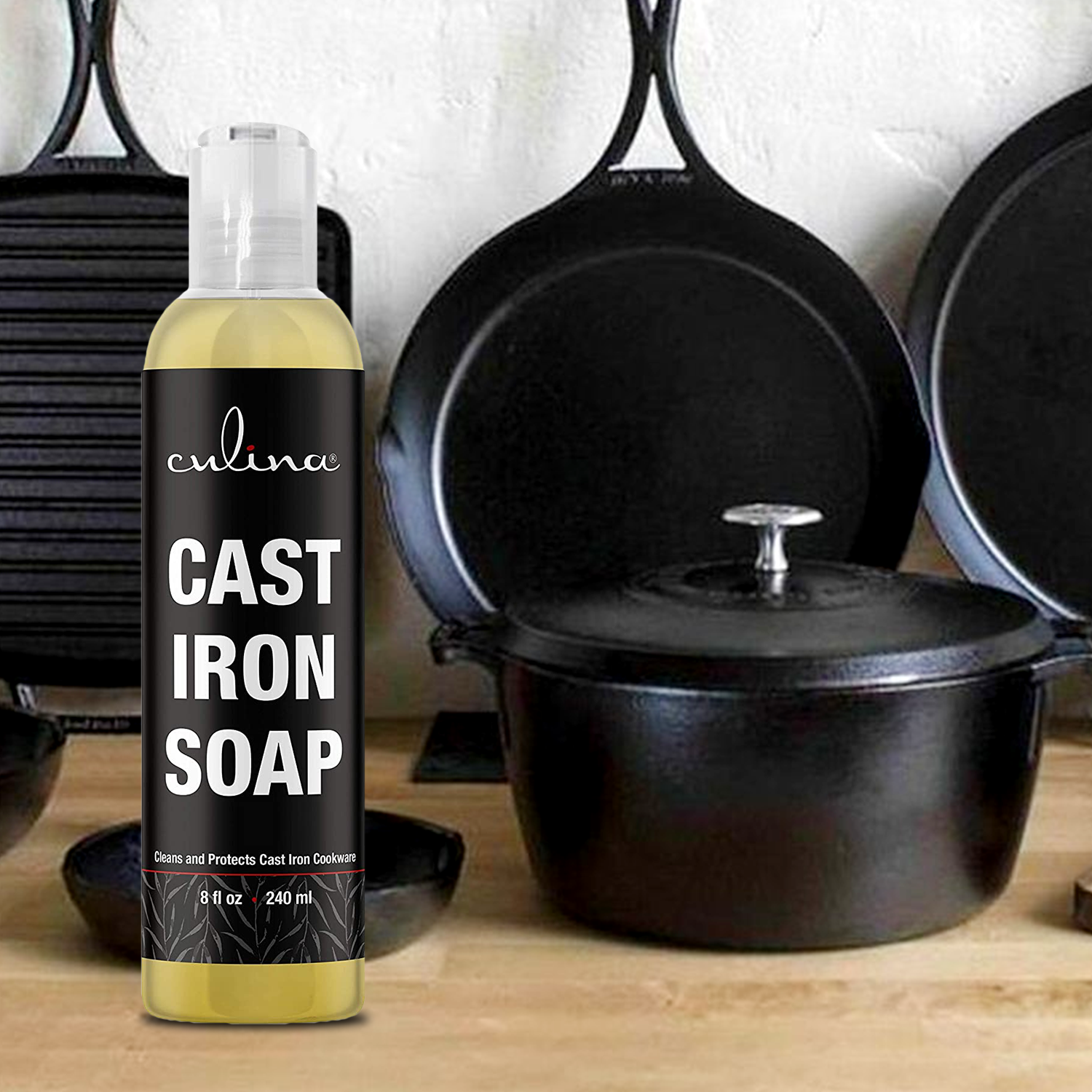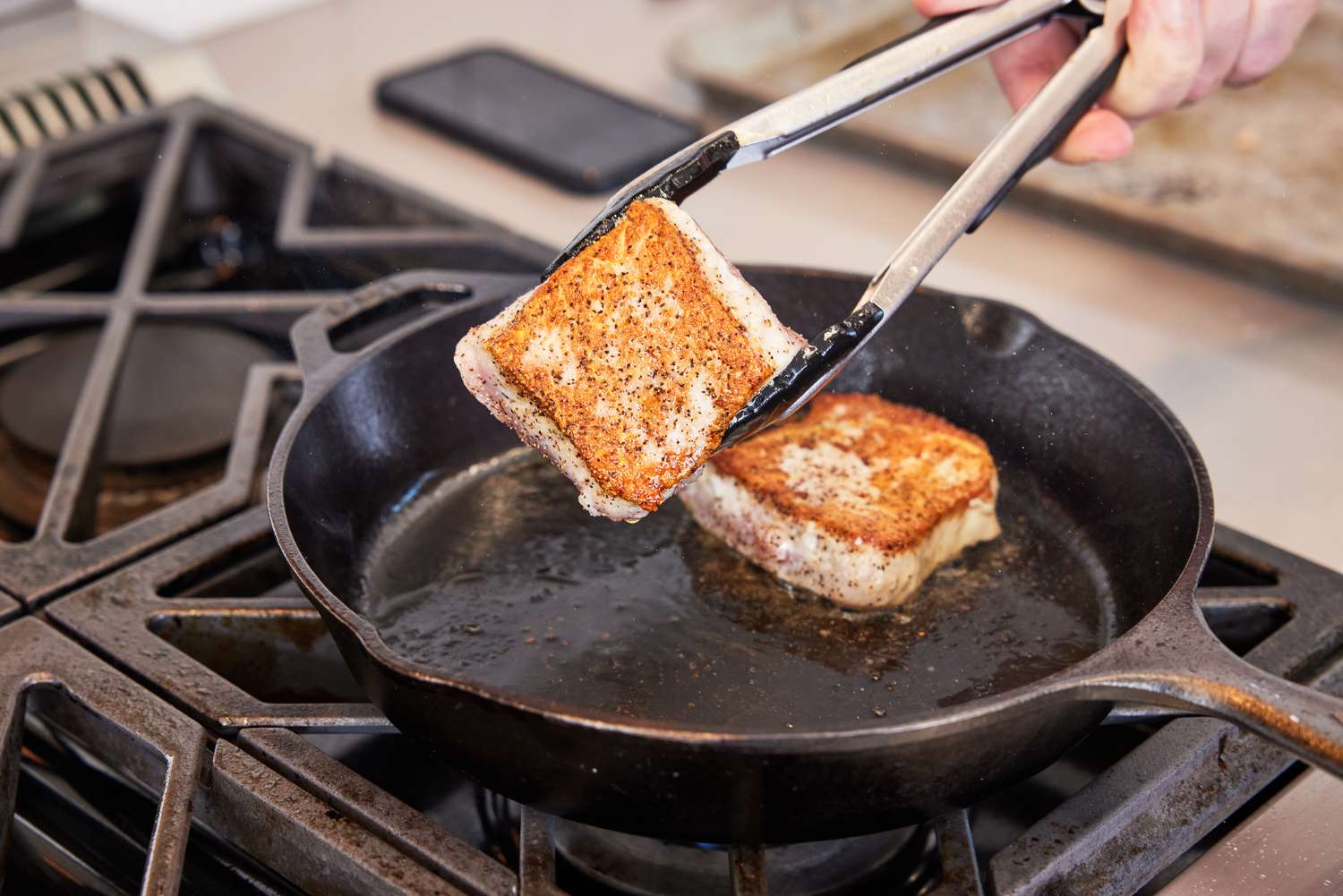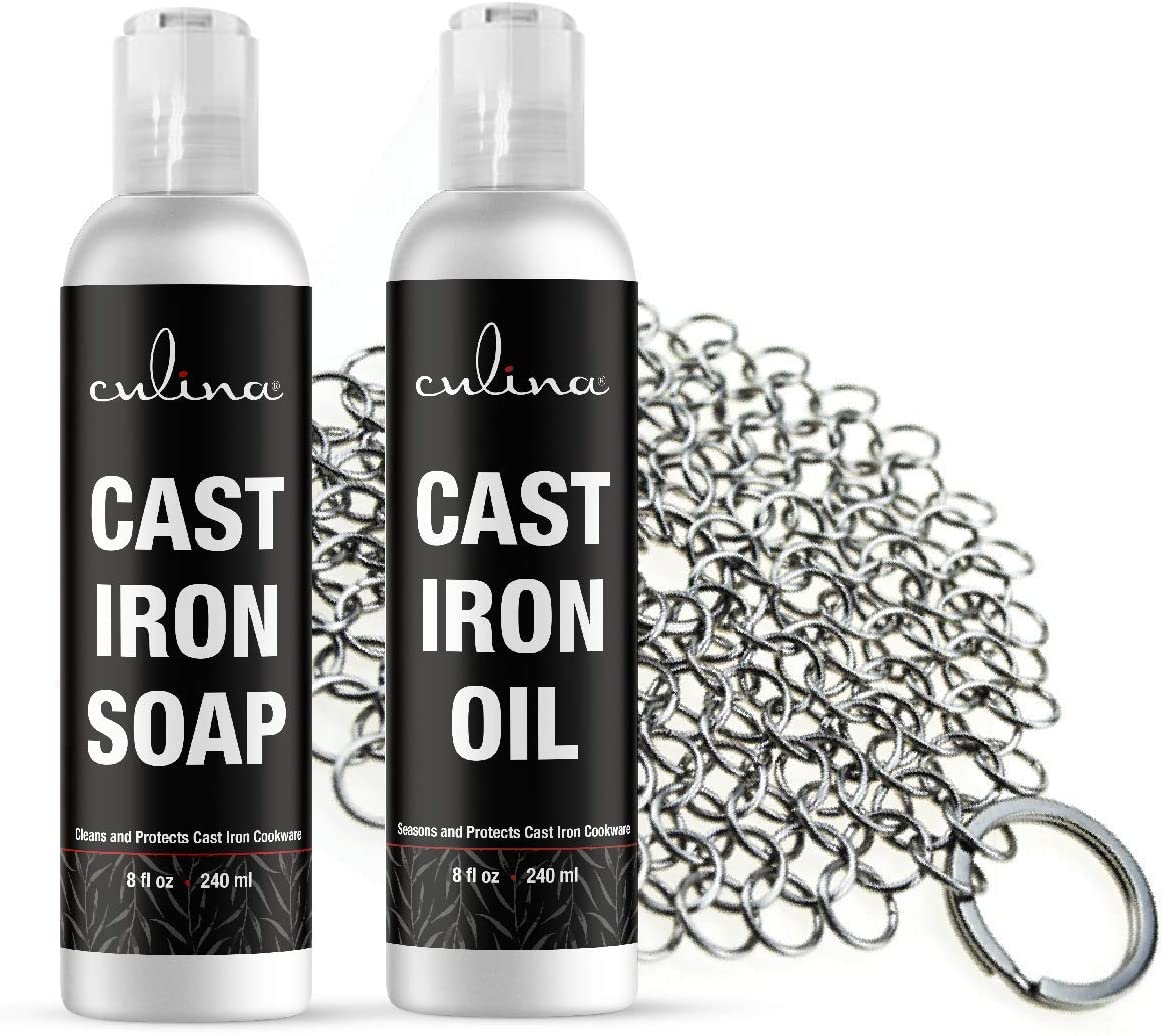As the kitchen landscape evolves with tremendous technology changes, the debate between using a skillet versus a saucepan continues to intrigue both professional chefs and home cooks. Both of these valuable tools have distinct uses, making the choice less about one being better than the other, and more about what suits your specific cooking needs.
With so many cooking techniques available today, understanding when and how to use each piece of cookware can enhance your culinary skills significantly. In this guide, youll get a deep dive into the backbone of kitchen essentials: the skillet and the saucepan.

What Is a Skillet?
A skillet is a flat-bottomed pan that is typically used for frying, searing, and browning foods. It features flared sides that allow for easy flipping and stirring. Skillets can be made from various materials, including cast iron, stainless steel, and non-stick coatings.
Types of Skillets
- Cast Iron Skillet
- Stainless Steel Skillet
- Non-stick Skillet

What Is a Saucepan?
A saucepan is a deep cooking pan with a lid and a long handle. It is primarily used for simmering and making sauces, hence the name. Saucepans have straight sides and come in various sizes, typically measured in quarts.
Types of Saucepans
- Stainless Steel Saucepan
- Non-stick Saucepan
- Copper Saucepan

Comparing Skillet vs Saucepan
Both skillets and saucepans have their unique advantages and limitations. Here are some aspects to consider:
Cooking Techniques
Skillets are perfect for high-heat cooking techniques like frying and browning. Saucepans, on the other hand, are ideal for making sauces, boiling, and simmering.
Material and Heat Distribution
Materials like cast iron and stainless steel are common for skillets, providing excellent heat distribution. Saucepans made from copper and stainless steel offer quick and even heating, suitable for delicate sauces.
Ease of Cleaning
Skillets, especially cast iron ones, require special care and seasoning. Saucepans are generally easier to clean, especially the ones with non-stick coatings.
Real-World Applications
Cooking Breakfast
Anyone who enjoys a hearty breakfast knows the importance of a good skillet. It’s indispensable for making fried eggs, bacon, and pancakes. On the other hand, a saucepan is better suited for making oatmeal or hot cereal.
Dinner Preparations
When it comes to preparing dinner, a skillet shines in cooking meats and vegetables evenly. In contrast, a saucepan is perfect for preparing starches like rice, pasta, and creamy sauces.
Both Are Essential
In conclusion, both skillets and saucepans are indispensable tools in any kitchen. Understanding their differences and when to use each allows for more versatile and effective cooking.
Practical Tips
Frequently Asked Questions
Can I Use a Skillet Instead of a Saucepan?
Yes, but it depends on the recipe. Skillets work better for high-heat cooking, while saucepans work best for simmering and boiling.
What Is the Best Material for a Skillet?
Cast iron and stainless steel are commonly preferred for their heat distribution and durability.
How Do I Clean a Cast Iron Skillet?
Cleaning a cast iron skillet requires special care. For detailed steps, check this guide.
As an Amazon Associate, I earn from qualifying purchases.
